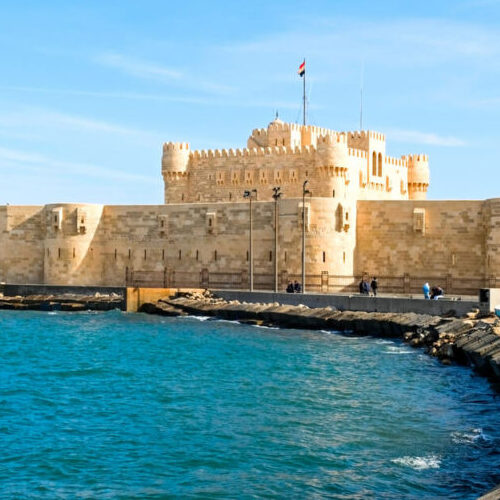No other nation in the world says ‘Welcome’ as often as the Egyptians, and every time, they mean it. While the ancient civilization of Egypt continues to amaze, contemporary Egyptians are equally remarkable.
Bibliotheca Alexandrina
Bibliotheca Alexandrina
The Bibliotheca Alexandrina, a beacon of knowledge and culture, revives the spirit of the ancient Library of Alexandria. Here’s an overview:
Bibliotheca Alexandrina
- Foundation: Established in the 3rd century BC.
- Significance: Renowned as the world’s most comprehensive library in the ancient world.
- Contents: Contained between 40,000 to 400,000 scrolls of papyrus.
- Role: Served as a center for learning and intellectual hub, attracting scholars worldwide.
- Support: Flourished under the Ptolemaic dynasty, encompassing diverse literary works, research facilities, and lecture halls.
- Decline and Destruction: Subject to multiple destructive events including fires (possibly during Julius Caesar’s campaign in 48 BC) and later Roman conquests, with final destruction attributed to multiple factors including wars and natural disasters.
Destruction Theories
- Julius Caesar’s Campaign: Some historians attribute part of the library’s destruction to Caesar’s forces.
- Aurelian’s Attack: Another theory suggests destruction during Aurelian’s attack in the 270s AD.
- Cumulative Damage: Likely a combination of fires, battles, and an earthquake led to its gradual decline.
Serapeum of Alexandria
- Annexe Library: Post-destruction, remnants moved to a temple annexe, the Serapeum.
- Final Destruction: This annex was reportedly destroyed in AD 391 by Coptic Pope Theophilus.
Revival – The New Bibliotheca Alexandrina
- Inception: Re-established in 2002, supported by UNESCO and UNDP.
- Location: Situated near Alexandria University, on the Mediterranean Sea.
- Architectural Competition: Won by Norwegian firm Snoetta Studio.
- Design: A truncated cylindrical structure with a diameter of 160 meters and height of 33 meters.
- Features: Back section made of Aswan granite with inscriptions in multiple languages.
- Contributions: Significant donation of books from the National Library of France in 2012.
- Capacity: Hosts over 80 million books, becoming a major Francophone facility.
- Cultural Significance: Symbolizes Alexandria’s historical and cultural importance, serving as a modern international cultural center.
The new Bibliotheca Alexandrina not only honors its illustrious past but also serves as a contemporary testament to the enduring legacy of learning and cultural exchange in Alexandria.
Created On March 18, 2020
Updated On Aug , 2024
Alexandria Travel Guide



